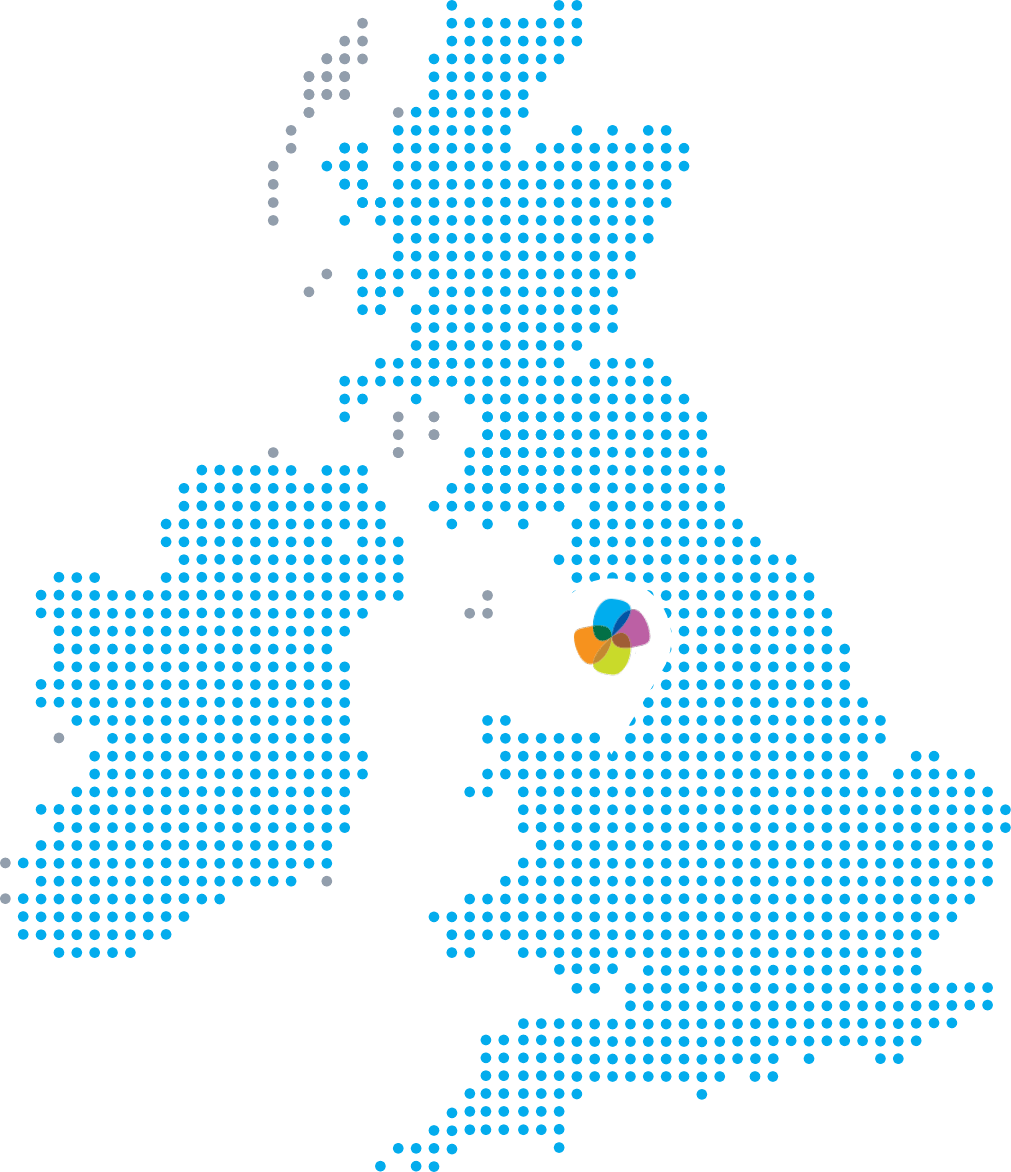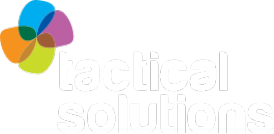Empower Your Field Teams with Vision
Introducing Vision, our dynamic new image recognition software, which is designed to seamlessly enhance your field teams’ productivity and effectiveness.
At Tactical Solutions, we believe that retail success relies on precision, efficiency and powerful insights. With Vision, you can transform all three of these elements into actionable online data insights that help push your brand straight into the spotlight.
Want to see how it’s done? Get in touch with our team today!
Maximise Your Share of Shelf Space
With a plethora of brands fighting for consumer engagement, ensuring that your products stand out on the shelf is crucial. Vision introduces automation and machine learning image recognition into the retail world. These Image recognition AI (artificial intelligence) tools allow you to accurately measure your share of shelf space, helping you understand what’s working and where improvements can be made.
Whether you’re analysing against key competitors or the entire category, Vision has you covered.
Achieve Planogram Compliance with Ease
Maintaining planogram compliance is a key factor for retail success.
Vision makes it easier than ever to ensure that your products are displayed in the right place, at the right time, according to your retail strategy. With Vision, your teams can monitor and enforce planogram compliance effortlessly, giving you a competitive edge in the marketplace thanks to our retail image recognition software.
Data-Driven Actions for Maximum Impact
Data is at the heart of every successful retail strategy. With Vision, Tactical Solutions provides brands with a powerful data analytics tool that transforms raw data into actionable insights. From measuring metrics to analysing shelf images, Vision gives you the tools you need to drive results.
Ready to get started with Vision? Make your enquiry today!
Our Brand Champions are located within 10 miles of 97% of UK stores, ready to support your field sales strategy with 365-day promotion for your brand.
Shelf-space. Positioning. Visibility. Product selection. A lot of thought and expertise goes into maximising your field sales. We get it. And whether its POS installation, check and fix, retail store audits or range changes, we combine big brains with big data to make sure the right improvements happen.
1,000,000+ interventions each year
3,500+ data-led calls per week
3 billion data units at our fingertips

The road to greater brand awareness
Our Customer Partnership Team is here to be your ally, not just a service provider. We're dedicated to driving your success, built on a foundation of trust and collaboration. Think of us as your partners in growth, offering you fresh perspectives and a can-do attitude that knows no bounds.
With our wealth of industry experience and expertise, we're all about providing practical, data-driven solutions that empower you to make decisions with confidence. No challenge is too big, no opportunity too small – we're ready to tackle them all together.
Enhance Field Team Productivity
Time is money, and Vision helps you make the most of both of these important resources. By automating the analysis of shelf edge availability and integrating with your sales alerts, Vision allows your field teams to spend less time on routine checks and more time on value-added activities.
This image recognition sofrware leads to increased productivity and, ultimately, better outcomes for your brand.
Unmatched ROI on Every Visit
Every call your field marketing team makes should drive your bottom line. Vision guarantees this by delivering maximum ROI on each visit. With its rapid retail image recognition AI software and robust data integration, Vision optimises every store visit, ensuring your team’s efforts always yield tangible results.
Vision Is More Than Just a Tool: It’s a Game-Changer
By combining powerful AI-driven image recognition software with real-time data insights, Vision enables your brand to operate at peak efficiency, boosting your retail game in the process. Whether you’re looking to improve shelf visibility, enforce planogram compliance or boost field team productivity, Vision has the features you need to succeed.
Ready to transform your retail strategy? Book a demo today and see how Vision can help your brand soar.
Frequently Asked Questions
What types of retailers can Vision be used with?
Vision is compatible with all major retailers, including ASDA, Sainsbury’s, Tesco, Morrisons, and Co-op.
How long does it take to set up Vision?
The average setup time for Vision is two weeks, thanks to our synthetic image recognition process.
Can Vision be integrated with our existing software?
Yes, Vision can be integrated into your current software environment. Whether as part of our Perform package or as a stand-alone solution, our team will ensure seamless integration.
Is there a user limit for Vision?
No, Vision does not limit the number of users. This makes it scalable for teams of any size.
Is there a product limit when using Vision?
Vision can process an unlimited number of products. Pricing may vary based on the scale of your operation, but we can offer flexible solutions to fit your needs.
Do I need to use Perform with Vision?
While Vision works seamlessly with Perform for enhanced functionality, it can also be used independently via an API, allowing for tailored integration.
Can retailers benefit from Vision?
While Vision is primarily designed for brands, certain features can be leveraged by retailers.
Contact us to explore how Vision can fit into your retail strategy.
Ready to Join Us?
At Tactical Solutions, your career development is our priority. We're committed to providing a platform for innovation, growth, and success. Join us and contribute to shaping the future of field marketing.
Join our mission to innovate the retail industry and beyond. Explore our roles and apply today!
